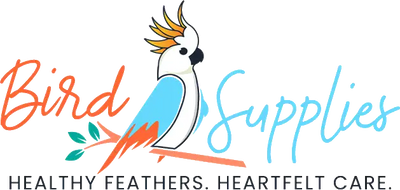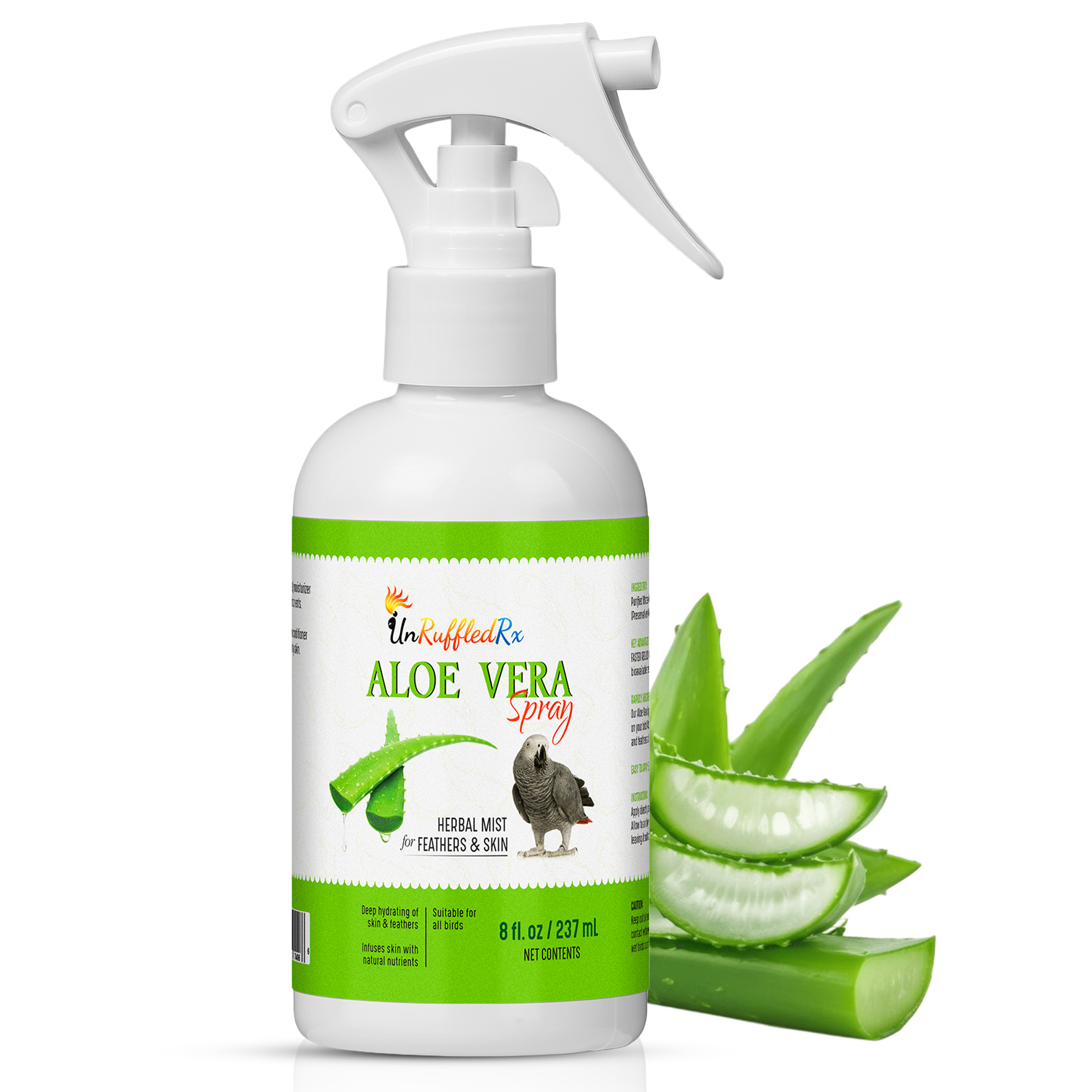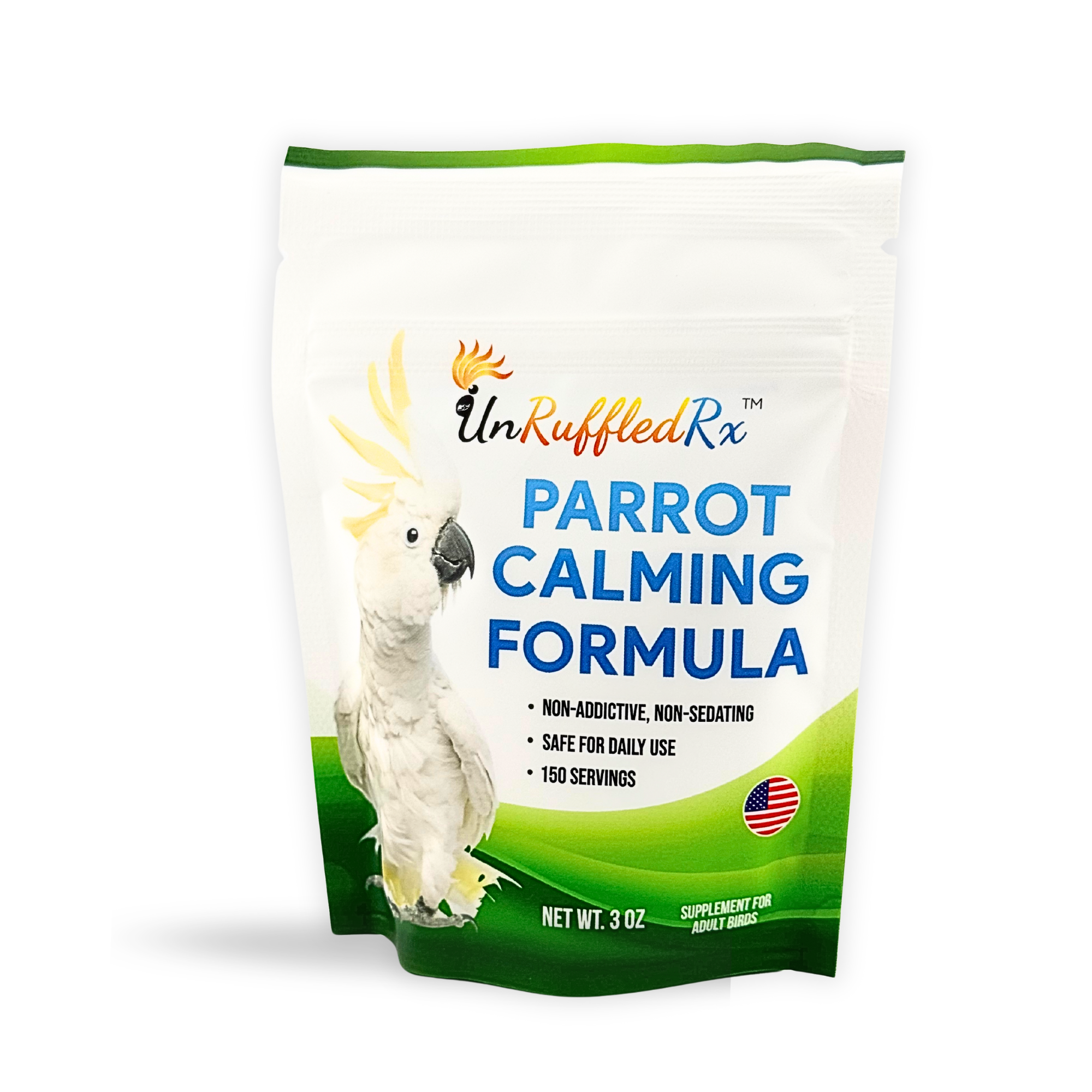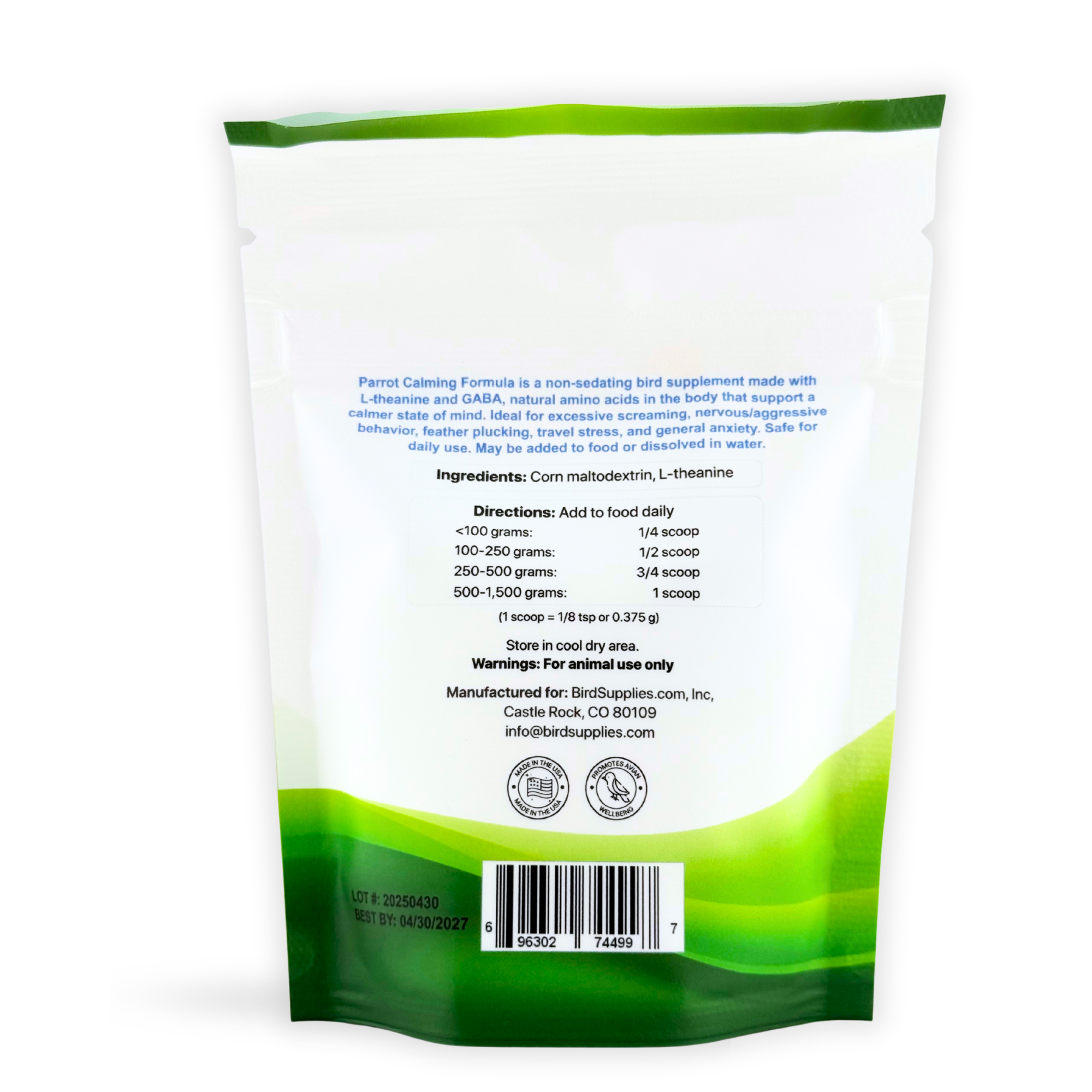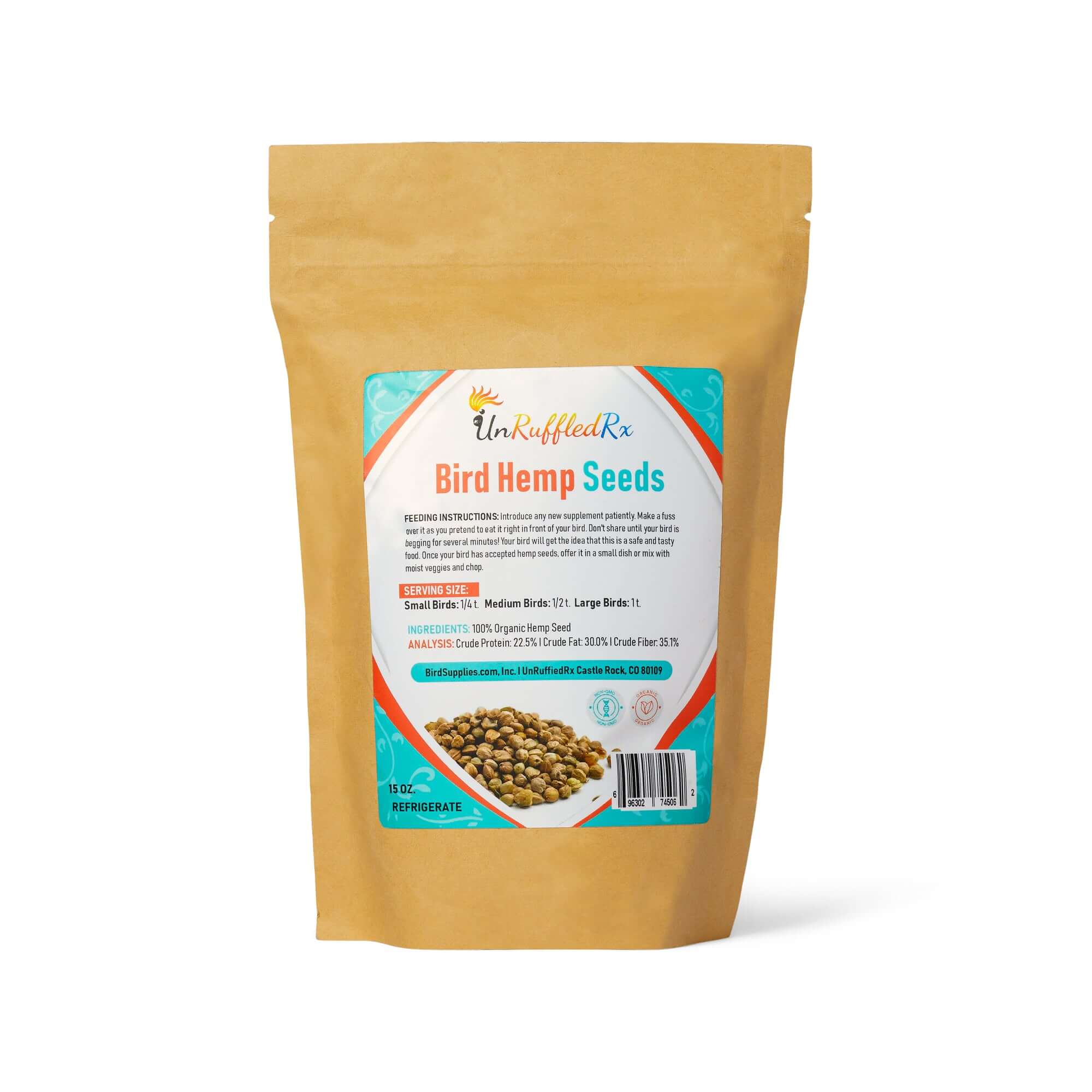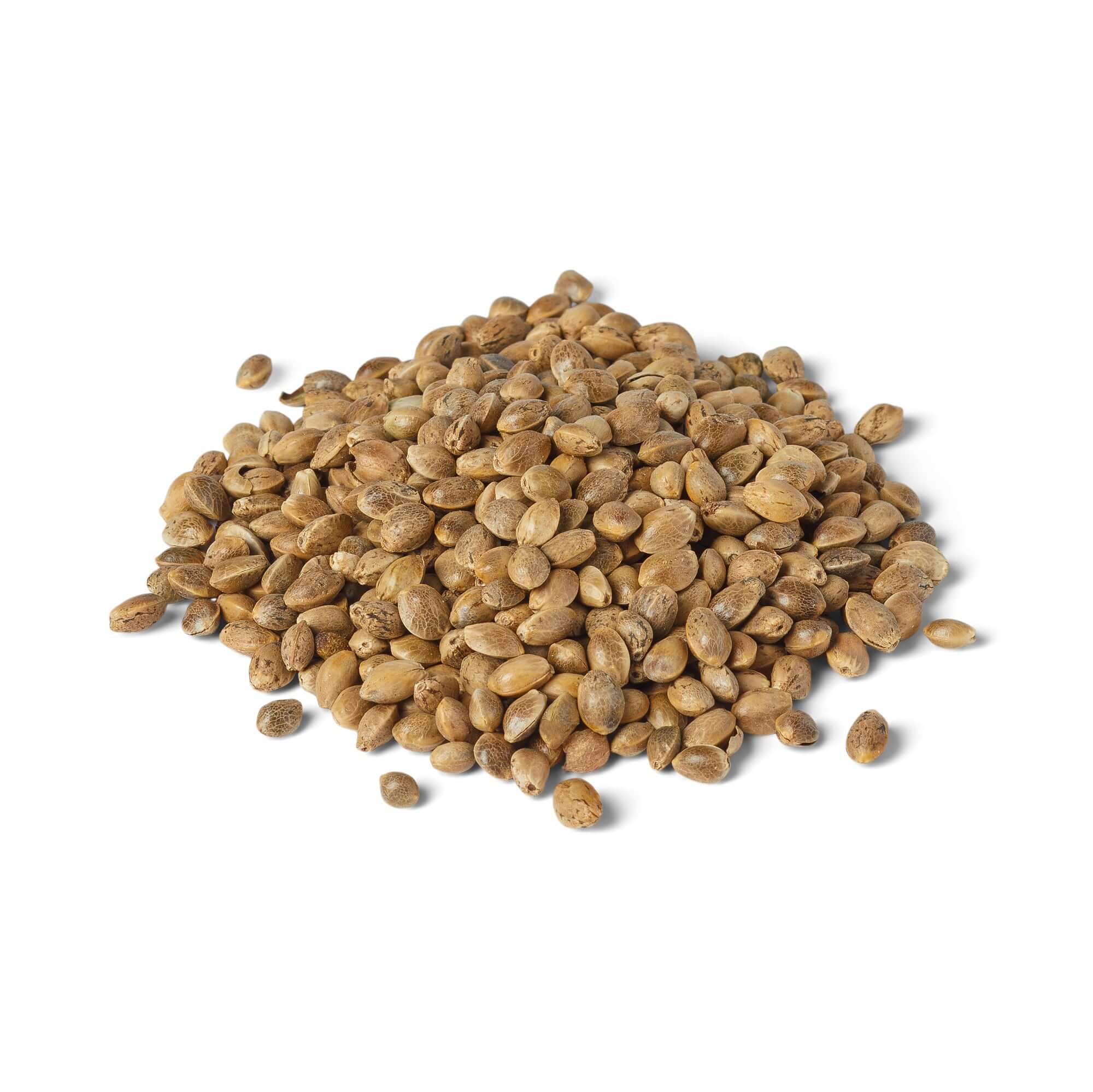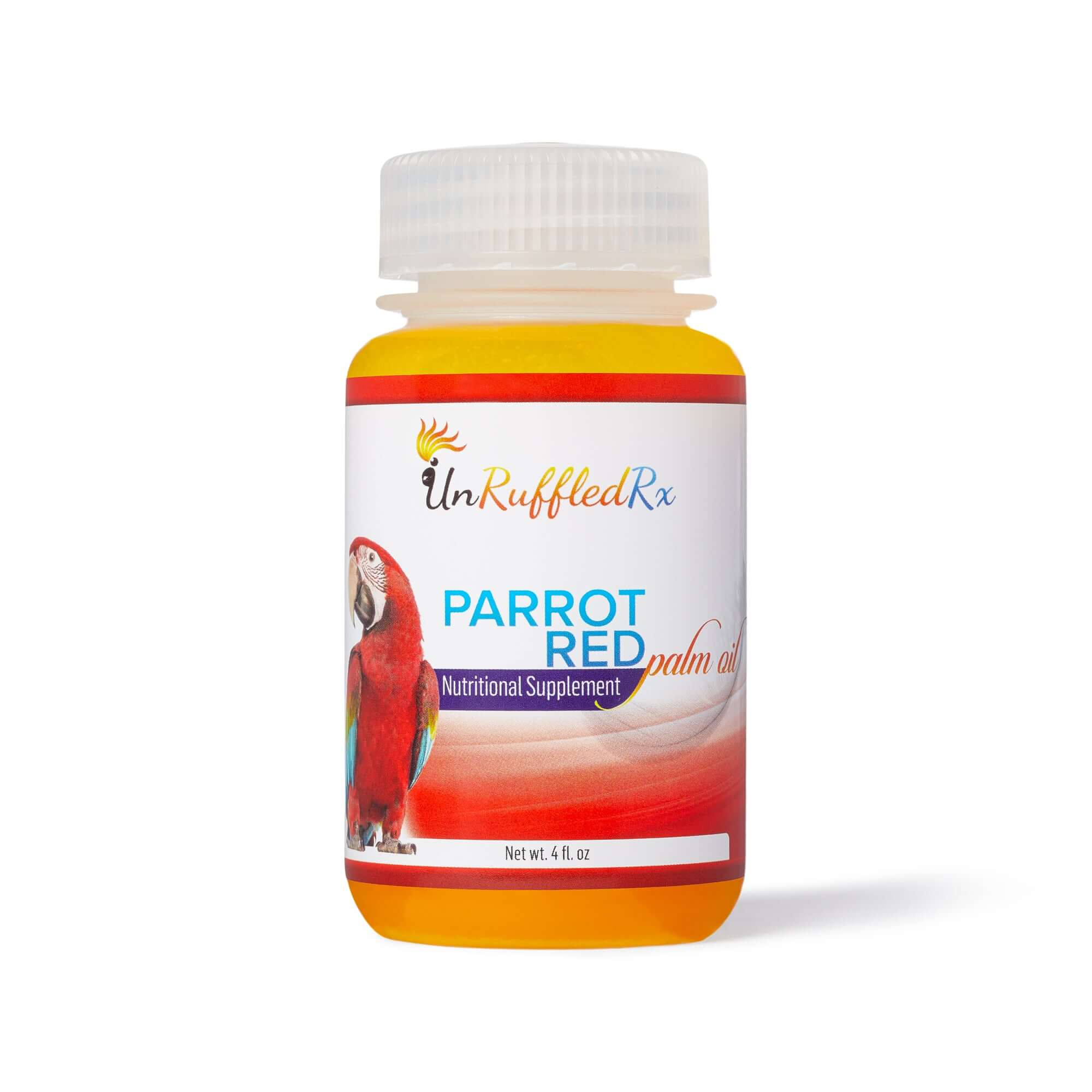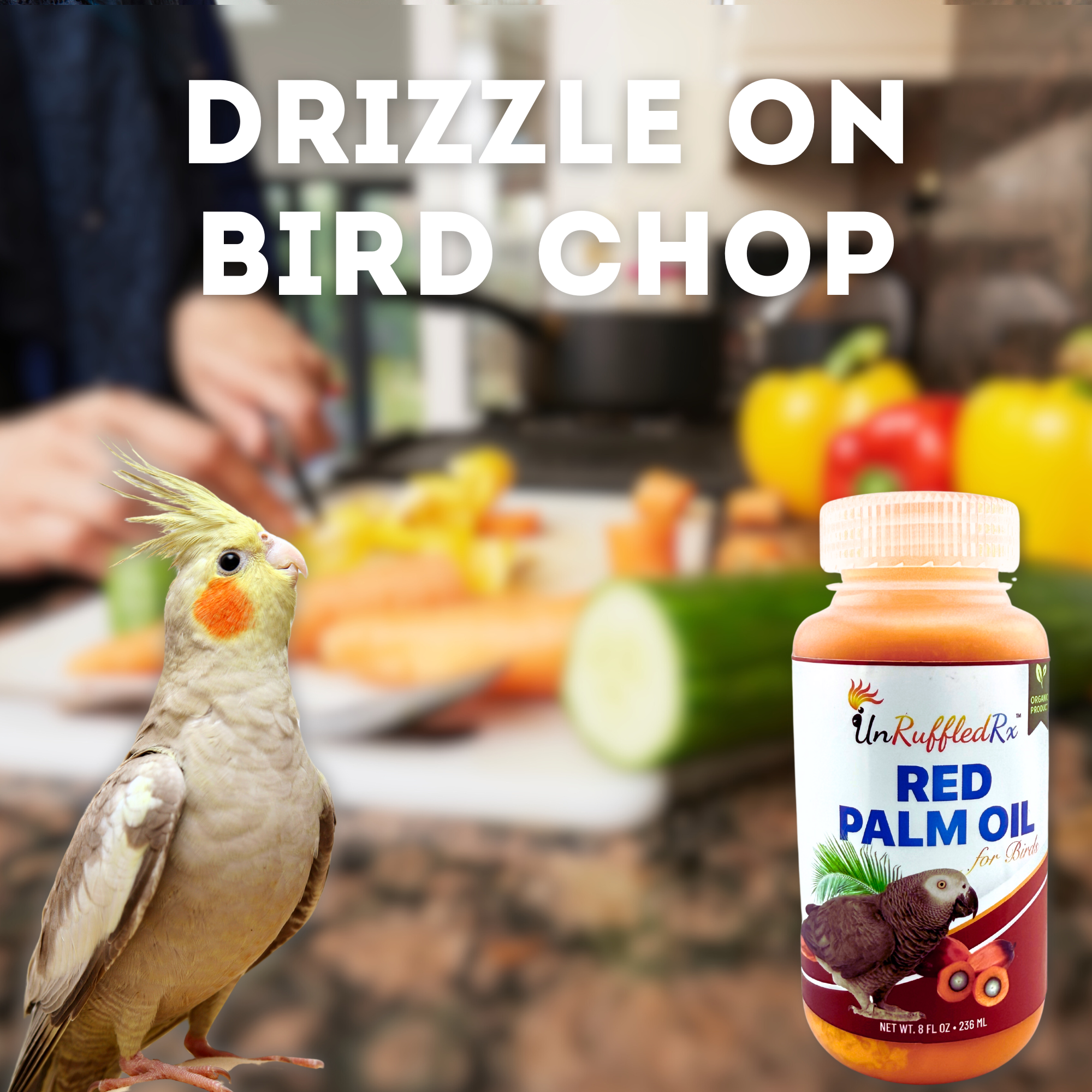- Step 1: Get Your Bird Out of Danger
- Step 2: Immediate Triage and Rapid Assessment
- Step 3: Call Your Avian Vet Immediately
- Step 4: Follow the 4 C’s to Stabilize Your Bird
- Step 5: Stabilizing Fractures or Dislocations
- Step 6: Safely Transporting Your Bird to the Vet
- Important Reminders
- Next Steps: Prepare Your Bird First Aid Kit Now
A parrot animal attack is every bird owner's worst nightmare. Bird emergencies can happens quickly and can leave you feeling helpless and panicked. But knowing exactly what to do in those critical first moments can be lifesaving for your feathered friend.
In this guide, you'll discover how to swiftly and safely rescue your bird, stop bleeding, recognize signs of shock, manage fractures, and rapidly get the necessary professional help. Being prepared ahead of time can significantly boost your bird's chances of a full recovery—and we're here to walk you through every step.
Any animal attack is life threatening to your pet bird and often requires IMMEDIATE veterinary care. Even if your bird looks normal or it was light physical contact.
Avian vets report that they see a lot of birds that got attacked by an animal. Of course, we often think that dog and cat attacks are the most common, but attacks from another pet bird are very common and dangerous problem, too. Mixing ferrets and birds is not a good idea, either. And, there have even been reports of wild raccoon's and stray animals entering through doggy doors to attack birds. Birds in outdoor aviaries can also be a target to raccoon's and hawks.
Step 1: Get Your Bird Out of Danger
Ensure Personal Safety First
Before rushing in, make sure you’re not in danger. If you're dealing with an aggressive dog or cat, you may need help—ask the animal’s owner or a nearby person to assist.
If you're alone, try to startle the attacker by shouting, clapping, or spraying water.
For large or very aggressive animals, use a stick to defend yourself and don’t hesitate to call for help.
Remember: You can’t help your bird if you’re hurt, too.
If the animal is still holding your bird, carefully immobilize it by the scruff of the neck, then gently remove your bird—never squeeze.
Your bird may have internal injuries, so handle them with extreme care.
Safely Retrieve Your Bird
If the animal is still holding your bird, carefully immobilize it by the scruff of the neck, then gently remove your bird—never squeeze.
Your bird may have internal injuries, so handle them with extreme care.
Once it’s safe, scoop up your bird gently and get out of the danger zone fast. Grab your bird first aid kit and take your bird to a clean, calm, well-lit area.
Step 2: Immediate Triage and Rapid Assessment
Stop Severe Bleeding and Treat for Shock
- Stop severe bleeding immediately using Super Clot Gel or cornstarch.
- Look for any signs of shock such as fluffed feathers and rapid breathing.
- Conduct a visual assessment - making notes to discuss with the vet clinic
- Place your bird in a warm hospital cage and keep it warm and quiet.
- Make sure that your bird has food and water
- Check your birds condition frequently for a minimum of one hour
Conduct a Quick Visual Assessment
Check eyes, breathing, feather condition, posture, sunken chest, abrasions, lacerations, and potential broken bones quickly but gently.

Step 3: Call Your Avian Vet Immediately
Clearly Communicate Symptoms
- Print out the emergency worksheet above
- Record your avian vet's telephone number on it. Also, search emergency clinics that treat exotics or birds and jot the phone number and address down (update annually).
- In an emergency, write notes about your birds condition and be sure to convey them to the vet tech or reception
Follow Vet Instructions
Note any immediate advice from your vet to stabilize your bird further before transport.
Step 4: Follow the 4 C’s to Stabilize Your Bird
C-over Your Hands (Wear Gloves)
Always use latex gloves or sanitized hands when handling injured birds.
C-heck for Remaining Danger
Ensure the attacking animal has been securely removed or restrained.
C-alm Yourself and Your Bird
Birds sense emotions; stay calm to prevent additional stress or shock.
C-all Your Vet Again
Confirm your bird’s readiness for immediate transport to the vet.
Step 5: Stabilizing Fractures or Dislocations
|
A Word of Reassurance: |
Immobilize Gently
Use soft materials like vet tape to carefully immobilize broken or dislocated limbs without restricting blood flow or breathing.
Step 6: Safely Transporting Your Bird to the Vet
Prepare a Warm Transport Cage
Carefully place your bird in a clean, quiet hospital cage or small carrier right away. Make sure the cage is warm and draft-free to help prevent shock. If your bird seems weak or unsteady, lower the perch—or remove it completely—and line the bottom with a soft towel so your bird can rest without falling or struggling to balance.
Important Reminders
Severe Risks from Animal Attacks
Even minor bites carry lethal bacterial risks. Immediate vet attention is always required.
|
⚠️ Infection Risk Warning: Source: Sakas, P. S. (n.d.). Avian first aid. Niles Animal Hospital and Bird Medical Center. Retrieved from https://nilesanimalhospital.com/files/2012/05/Avian-First-Aid1.pdf |
Next Steps: Prepare Your Bird First Aid Kit Now
Essential Items for Your First Aid Kit
Include Super Clot Gel, gauze, latex gloves, towel, Avistraint, a clean cage, and emergency vet contacts.
In Conclusion...
Parrot emergencies can happen in an instant—and when they do, staying calm and prepared can make all the difference. Print out the emergency notes handout and keep it in your bird’s first aid kit. Jotting down details and having your vet’s info handy gives your bird the best chance at a full recovery. Your quick actions, love, and care are what matter most.
Related Posts:
11 Signs You Have a Sick Bird and What to Do Right Away
How to Prepare a Bird First Aid Kit
How To Make A Bird Hospital Cage For An Injured or Sick Bird
References:
Green Cross Vets. (n.d.). How to help an injured bird: The complete guide. Green Cross Vets. Retrieved May 10, 2025, from https://www.greencrossvets.com.au/found-an-injured-bird-here-is-what-to-do/
Sakas, P. S. (n.d.). Avian first aid. Niles Animal Hospital and Bird Medical Center. Retrieved from https://nilesanimalhospital.com/files/2012/05/Avian-First-Aid1.pdf
Link to this blog
Burroughs, D. (2025, May 10). Help! Parrot animal attack! Handling bird emergencies. BirdSupplies.com. https://birdsupplies.com/blogs/news/157074119-help-my-bird-got-attacked-by-an-animal?pb=0
Diane Burroughs, LCSW, brings over 30 years of experience helping bird lovers build stronger, healthier bonds with their parrots. With a foundation in psychotherapy and Applied Behavior Analysis (ABA), Diane combines proven behavioral science with simple, real-life strategies anyone can use. Through her books, behavior consultations, and UnRuffledRx parrot wellness products, she’s dedicated to helping real bird owners create trust, confidence, and a lifetime of positive experiences with their feathered companions.
Diane's products been featured in the Journal of Avian Medicine and Surgery and at ExoticsCon, a national conference for exotic animal veterinarians. Her bird collars and supplements are trusted by avian vets and stocked in vet clinics across the U.S. With thousands of individualized behavior plans under her belt, Diane’s mission is simple: to help parrots and their people thrive together.
TAGS: #BirdEmergency #BirdInjury #ParrotAnimalAttack
SHARING IS CARING! 📣
Love what you read? Help spread the word on Facebook & Instagram 🌟
💬 Leave a comment below and let us know your thoughts!
